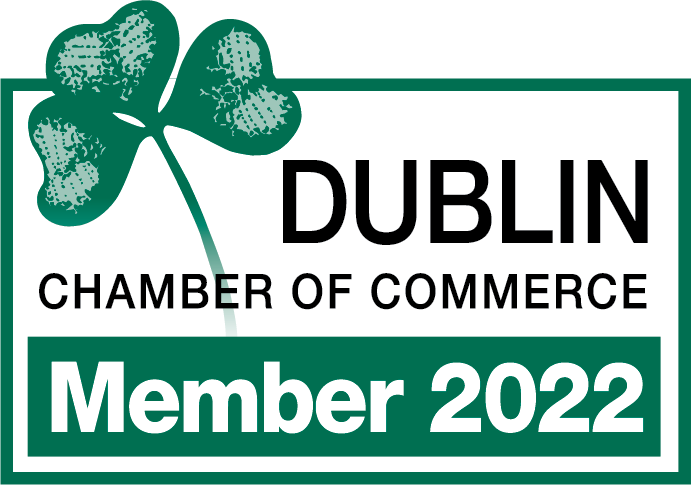Have an idea for a groundbreaking new product? Why not put it to the test? Believe it or not, 30,000 new products are introduced to the market every year, and around 95% of new products fail.
Part of this is due to a lack of initial planning, testing, and improvements. Essentially, a lack of prototyping!
So, what is a prototype, why is it so important for product development, and how can I get a prototype of my own? We're glad you asked!
What Is a Prototype?
The word prototype derives from the Greek words "prōtos" (first) and "tupos" (figure). It's a fitting name to describe the first model of a new product. Inventors, manufacturing companies, and others may choose to prototype their products before launching a full-scale investment.
Moreover, nearly every successful product has had at least one prototype, including everything from automobile parts to smartphones. In many cases, they had several. For example, Dyson famously released over 5,100 prototypes before launching their product to the general public.
Why Is Prototyping So Important?
Companies and inventors choose to prototype new products for many reasons. Here are a few key examples.
Testing
Not only is it important to test the product, but also the market. Market research is essential for new products, and introducing prototypes to a small portion of your market is a great way to test the viability of your product before launching it.
Customer feedback early on can save you a small fortune in the long run, and help you build a rapport with your target audience.
Finding Faults
Discovering flaws in your product is better done early than late. Sometimes, a product may seem flawless in the design stage, but real-world testing is still essential to eliminate almost-inevitable flaws.
While you can always launch a "second generation" of a product if minor improvements are needed, you still need to convince your target audience that it's worth it. Unfortunately, you only have one chance to do this in most cases.
Also, this will only help improve production down the line. Not only can you find faults with the product itself, but with the means of production. This can help you make the initial production more efficient at the beginning, which can save a lot of time and resources!
Saving Money
When you can test your product and find its faults ahead of time, you can save a lot of money. This is especially true for any real-world safety equipment.
For example, let's say you sell parts for tractors and you have a new design for a brake rotor. If you have to recall all of these parts due to safety issues, this could destroy the profitability of your new product. Initial testing and improvements will save a small fortune in the long run.
Acquiring Funding
Another common use of prototypes is to help acquire funding from potential investors or lenders. Have you ever watched people on "Shark Tank" come in without an actual product?
If you don't currently have the funds or equipment needed to launch a full-scale development, you will need outside funding. A prototype is the least expensive way to show a real-world model to your potential stakeholders.
Sales Pitches
Want to secure a return on your investment? The best way to do that is with pre-orders. However, it's unlikely anybody will preorder a new product without proof that it functions as designed.
For this reason, a prototype can help increase your chances of success during initial sales pitches. This can eliminate a lot of the stress and risk from your investment!
Patents
So many popular products lost their patent rights because they simply waited too long. Did you know that "dumpster" was once a company, not a product? Remember when knockoff fidget spinners were in every store?
Once your secret is out, there's nothing stopping larger manufacturers from stealing it and patenting it for themselves. If you want to protect your investment, you will need a clear design and real-world demonstration to apply for a patent or registered design.
How to Prototype Your Product
Whether it's for parts manufacturing or an entirely new product prototype, you may want to invest in a prototype for your new product. Fortunately, there are options available to you.
Design Your Product
The prototype brings your design into reality. Therefore, you will need a clear and legible design. Sit down with your design team and try to work through as many bugs as you can on paper.
You will need to hand over your design and materials list to a prototype developer, so it needs to be as close to the final product as possible.
Hire the Right Prototype Team
Once you have a clear design, choose a top-rated prototyping team with years of parts manufacturing experience. Our dedicated team of automotive prototyping professionals can help turn your design into a reality as soon as possible! This will help you work out the early bugs, research your product, and showcase your new design!
Showcase Your Product Today
Now that we've answered the question "what is a prototype?", you can build a prototype of your new design today. With the help of industry experts, you can easily verify your product's usability, safety, and marketability! From there, can see how satisfying it is to see your idea turn into a real-world product.
Stay up to date with our latest manufacturing tips, and don't hesitate to contact us with any questions or for help with your prototype!








